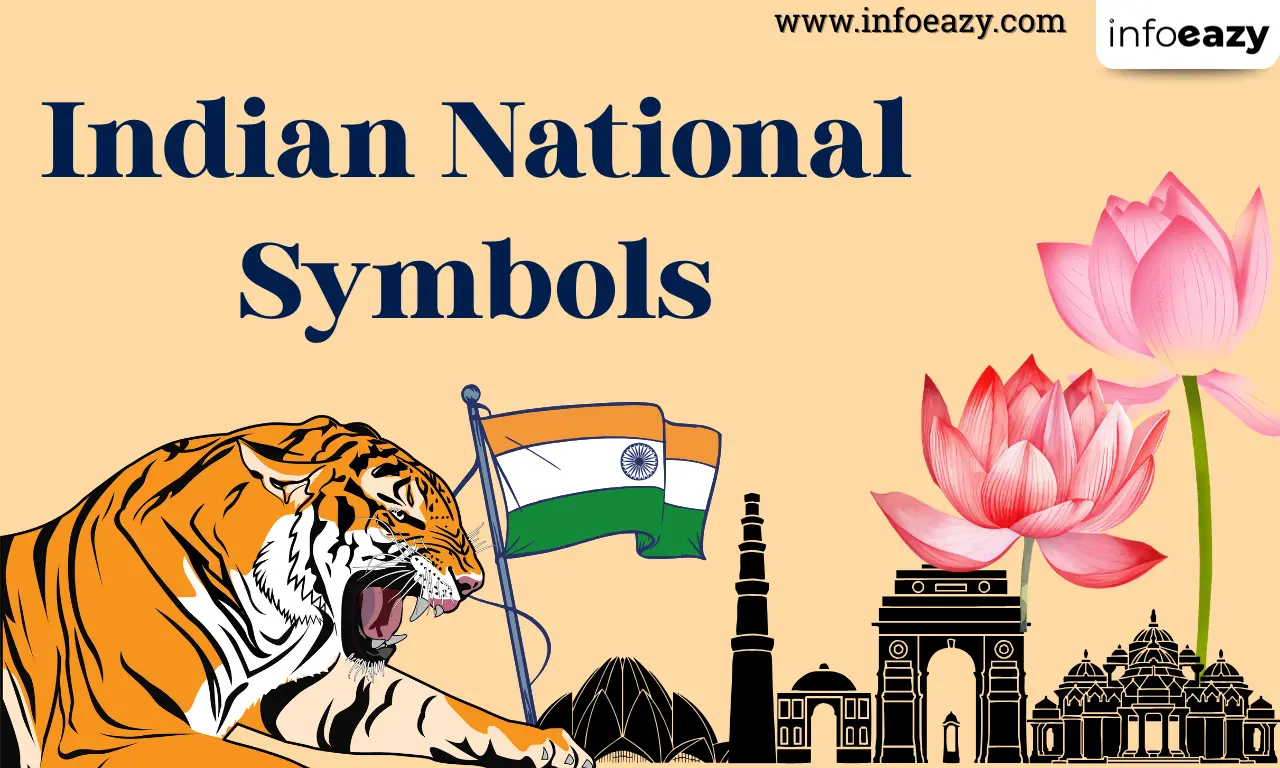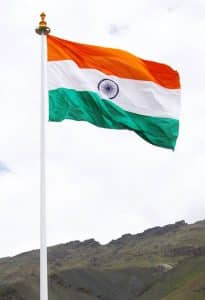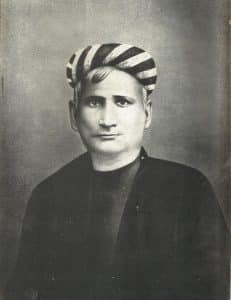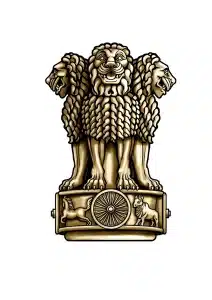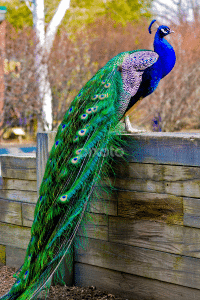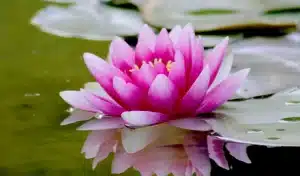India is a country with a rich culture and people from many different backgrounds living together. To represent this unity and pride, India has several national symbols that show its history, values, and natural beauty. These symbols help all citizens feel connected and show the world what makes India unique.
Each national symbol of India has a special meaning. They stand for the country’s traditions, hopes, and values. For example, the Bengal Tiger shows power and courage, while the Ashoka Chakra on the national flag stands for progress and fairness. Every symbol shares something important about India’s identity.
Indian National Symbols
The Government of India has officially declared several national symbols to represent the nation’s identity, pride, and values. These include not just the national flag and anthem, but also symbols from nature, such as animals, birds, and flowers, along with cultural elements like the national song and emblem. Together, these symbols reflect the soul of India, its rich history, cultural diversity, respect for nature, and unity.
List of Indian National Symbols
Below is a complete list of official Indian national symbols, along with their adoption years and a short explanation of each:
| List of Indian National Symbols | |||
| National Symbol | Name/Description | Adopted Year | Significance |
| National Flag | Tiranga (Tricolour) | 1947 | Represents India’s unity, courage, peace, and growth |
| National Anthem | Jana Gana Mana | 1950 | Written by Rabindranath Tagore, expresses national unity |
| National Song | Vande Mataram | 1950 | Composed by Bankim Chandra Chatterjee; symbol of freedom struggle |
| National Emblem | State Emblem of India (Lion Capital of Ashoka) | 1950 | Symbol of power, courage, pride, and faith |
| National Animal | Royal Bengal Tiger | 1973 | Represents strength, power, and grace |
| National Bird | Indian Peacock | 1963 | Symbol of beauty, elegance, and joy |
| National Flower | Lotus (Nelumbo nucifera) | – | Represents purity and spirituality in Indian culture |
| National Fruit | Mango (Mangifera indica) | – | Loved across India; known as the “King of Fruits” |
| National Tree | Banyan Tree (Ficus benghalensis) | – | Symbol of immortality, shelter, and wisdom |
| National River | Ganga (Ganges) | 2008 | Considered holy; lifeline for millions of Indians |
| National Aquatic Animal | River Dolphin (Gangetic Dolphin) | 2009 | Indicator of a healthy river ecosystem |
| National Currency Symbol | ₹ (Indian Rupee symbol) | 2010 | Represents the Indian economy globally |
| National Calendar | Saka Calendar | 1957 | Used alongside the Gregorian calendar officially |
| National Reptile | King Cobra | – | Feared and respected; part of Indian mythology |
| National Heritage Animal | Indian Elephant | 2010 | Symbolizes strength, patience, and cultural richness |
| National Microorganism | Lactobacillus | 2012 | Plays a major role in food production like curd |
Other Widely Accepted National Symbols
These symbols are not officially declared by the Government of India but are widely accepted culturally and are often included in literature, education, and media as representative of Indian heritage.
| Other Widely Accepted National Symbols | ||
| National Symbol | Name/Description | Significance |
| National Food | Khichdi | Symbol of unity in diversity; simple, nutritious and eaten across India |
| National Dish | Curry (Generic) | Known worldwide as a staple Indian dish style |
| National Sweet | Jalebi | Popular traditional sweet in every Indian region |
| National Vegetable | Pumpkin | Commonly grown across the country and used in rituals |
| National Game (Traditional) | Kabaddi | Indigenous sport played across rural India |
| National Game (Often Mistaken) | Hockey | Not officially declared, but widely treated as national game |
| National Language | Hindi (Official) | Widely spoken and used in government communication |
| National Instrument | Veena | Symbolizes classical music and Indian culture |
| National Epic | Mahabharata & Ramayana | Ancient Indian texts that shape cultural and spiritual life |
| National Theatre Form | Sanskrit Theatre | Recognized by UNESCO as India’s classical dramatic tradition |
| National Library | National Library of India, Kolkata | Largest library in India by volume and importance |
Major National Symbols: Meaning and Importance
National Flag – Tiranga
The Indian National Flag, called the Tiranga, has three horizontal stripes of saffron, white, and green. The middle white band contains the navy-blue Ashoka Chakra with 24 spokes. The flag stands for courage (saffron), peace and truth (white), and growth (green). The Ashoka Chakra represents eternal progress and righteousness.
National Anthem – Jana Gana Mana
Composed by Rabindranath Tagore, Jana Gana Mana is India’s official national anthem. It praises the unity of India and the leadership of the country’s spirit. It was officially adopted on January 24, 1950.
National Song – Vande Mataram
Written by Bankim Chandra Chatterjee, Vande Mataram was a major inspiration during India’s freedom movement. It praises the motherland and was adopted as the national song in 1950.
National Emblem – Lion Capital of Ashoka
The State Emblem of India is adapted from the Lion Capital of Ashoka at Sarnath. It features four lions (only three are visible) standing back-to-back, representing power, courage, pride, and confidence. Below them are a bull, horse, lion, and elephant carved into a circular base, with the Ashoka Chakra in the center.
National Animal – Royal Bengal Tiger
The Royal Bengal Tiger is India’s national animal, known for its strength, power, and grace. It represents India’s wildlife richness and was declared the national animal in 1973 when Project Tiger was launched to protect the species.
National Bird – Indian Peacock
The Indian Peacock, with its colorful feathers and elegant movements, is the national bird of India. It symbolizes beauty, grace, and pride and is also linked to Indian mythology and culture.
National Flower – Lotus
The Lotus is a sacred flower in Indian traditions, symbolizing purity, spirituality, and enlightenment. Even though it grows in muddy water, it remains clean and beautiful, teaching a lesson in staying pure despite challenges.
National River – Ganga
The River Ganga is India’s most sacred river. It is worshipped in Hindu culture and supports the livelihood of millions. In 2008, it was declared India’s national river to boost awareness and conservation efforts.
National Aquatic Animal – Gangetic Dolphin
The River Dolphin, also known as Susu, is found mainly in the Ganga and Brahmaputra rivers. It was declared the national aquatic animal in 2009 to promote river conservation and awareness of India’s freshwater ecosystems.
Conclusion
India’s national symbols are not just icons- they are representations of the country’s cultural soul, history, values, and rich biodiversity. From the tricolor flag to the royal tiger, each symbol carries deep meaning and reflects what India stands for as a nation.
Understanding these Indian national symbols helps students and citizens feel more connected to the identity and spirit of India. They serve as reminders of the country’s unity in diversity and inspire pride and responsibility among all Indians.
Indian National Symbols FAQs
Q1. How many official national symbols does India have? +
Q2. Is Hockey the national game of India? +
Q3. What is the significance of the national flag of India? +
Q4. What is India's national aquatic animal and why? +
Q5. Is Khichdi the national food of India? +
Tags: Notes

